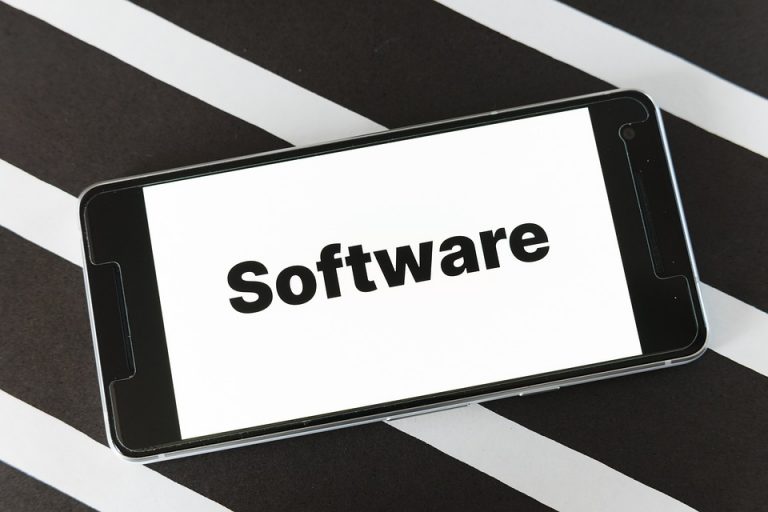Have you ever watched a slow-motion video and thought, “Wow, that’s incredible!”? The beauty of slow motion can transform ordinary moments into cinematic masterpieces. If you’ve got an iPhone 14, you’re in luck. This device makes capturing stunning slow-motion footage easier than ever. But how do you really master it? Let’s dive into seven actionable tips to help you elevate your slow-motion game.
Contents
1. Know Your Slow-Mo Settings
Before you start shooting, take a moment to familiarize yourself with your iPhone 14’s slow-motion settings.
How to Access Slow Motion
- Open the Camera App: Swipe to the “Slo-Mo” mode.
- Choose Your Frame Rate: You can select between 120 fps or 240 fps. The higher the frame rate, the smoother the slow-motion effect.
Pros: Higher frame rates provide a more fluid slow-motion effect.
Cons: More frames mean larger file sizes, so be mindful of your storage.
Pro Tip
Experiment with both frame rates. You might find that 120 fps works better for some scenes, while 240 fps shines in others.
2. Find the Right Lighting
Lighting plays a critical role in video quality, especially in slow motion.
Why Is Lighting Important?
Slow-motion videos often require more light to maintain clarity. If you’re shooting in low light, your footage could end up grainy and disappointing.
Pros: Good lighting results in clear, crisp videos.
Cons: Overexposure can wash out details, especially in bright environments.
Pro Tip
Shoot during golden hour—just after sunrise or before sunset. The soft, warm light can add a magical touch to your slow-motion footage.
3. Steady Your Shot
Nothing ruins a slow-motion video faster than shaky footage.
How to Stabilize Your Shots
- Use a Tripod: If you have one handy, a tripod can significantly improve stability.
- Use Your Body: If you’re shooting handheld, keep your elbows close to your body and use both hands to grip the phone.
Pros: Stability improves the overall quality of your video.
Cons: It can be challenging to keep steady while moving.
Pro Tip
Try using the iPhone 14’s built-in stabilization features. They help reduce shakes, especially when walking or running.
4. Plan Your Motion
Slow motion captures action beautifully, but planning your shots is essential.
What to Consider
Think about the subject and the action you want to capture. Fast movements, like a skateboarder jumping or a dog running, work best.
Pros: Planning leads to more dynamic footage.
Cons: It can be tricky to anticipate moments, especially in spontaneous situations.
Pro Tip
Rehearse the action if possible. This will help you gauge the timing and angles you need to capture the best shot.
5. Edit for Impact
Once you’ve captured your slow-motion footage, it’s time to edit.
Recommended Editing Apps
- iMovie: Simple and free, perfect for beginners.
- LumaFusion: A more advanced option for those looking to dive deeper into editing.
Pros: Editing allows you to trim, cut, and adjust speed for dramatic effects.
Cons: Over-editing can detract from the original beauty.
Pro Tip
Don’t be afraid to play with speed. You can create a dynamic effect by alternating between normal speed and slow motion.
6. Sound Matters
You might be focused on the visuals, but sound plays a crucial role in storytelling.
How to Enhance Sound
- Record Ambient Sound: Capture the environment during the action.
- Add Music or Effects: Use editing software to layer music or sound effects that match the mood.
Pros: Great audio can enhance the emotional impact of your video.
Cons: Poor audio quality can overshadow even the best visuals.
Pro Tip
Check out royalty-free music libraries like Epidemic Sound or Artlist for high-quality tracks that fit your vibe.
After all that hard work, it’s time to share your creation with the world.
Best Platforms for Sharing
- Instagram: Perfect for quick sharing and getting feedback.
- YouTube: Great for longer videos and reaching a broader audience.
Pros: Sharing can inspire others and build a community around your content.
Cons: Navigating social media algorithms can be challenging.
Pro Tip
Engage with your audience. Respond to comments and ask for feedback to improve your future videos.
FAQs
1. What frame rate should I use for the best slow-motion video?
For most situations, 240 fps provides the smoothest slow-motion effect. However, 120 fps can work well for less fast-paced actions.
2. Can I edit slow-motion videos on my iPhone?
Yes! The iMovie app allows you to edit slow-motion footage directly on your iPhone.
3. Does lighting affect slow-motion video quality?
Absolutely! Good lighting is crucial for clear and high-quality slow-motion videos.
4. What are some common mistakes to avoid when shooting in slow motion?
Avoid shaky shots, poor lighting, and lack of planning. Each of these can significantly impact the quality of your footage.
Conclusion
Mastering slow motion on your iPhone 14 is about more than just hitting record. It’s a blend of understanding your settings, planning your shots, and editing for impact. With these tips, you can turn everyday moments into breathtaking slow-motion videos. So grab your iPhone, find some good light, and start shooting!
References
- Apple Inc. (2022). iPhone 14 User Guide. Retrieved from Apple Support.
- Karp, H. (2021). “Lighting for Video: What You Need to Know.” Wired. Retrieved from Wired.
- Smith, J. (2021). “The Psychology of Slow Motion: Why We Love It.” Harvard Business Review. Retrieved from HBR.








